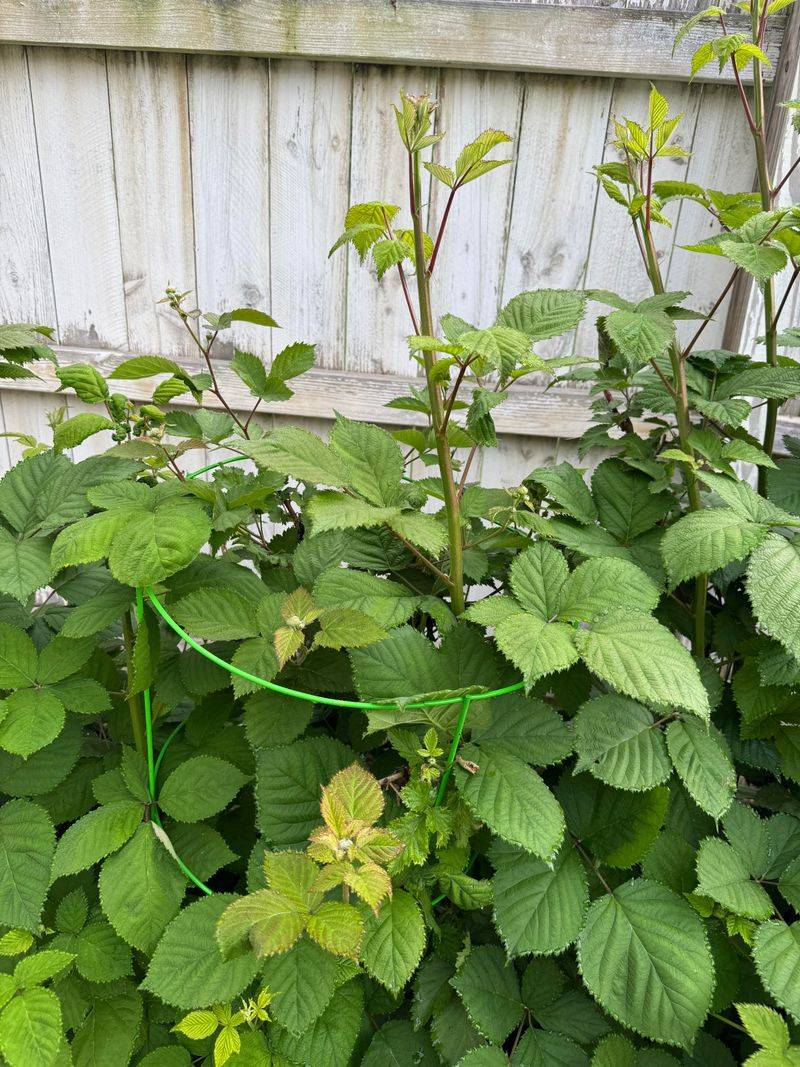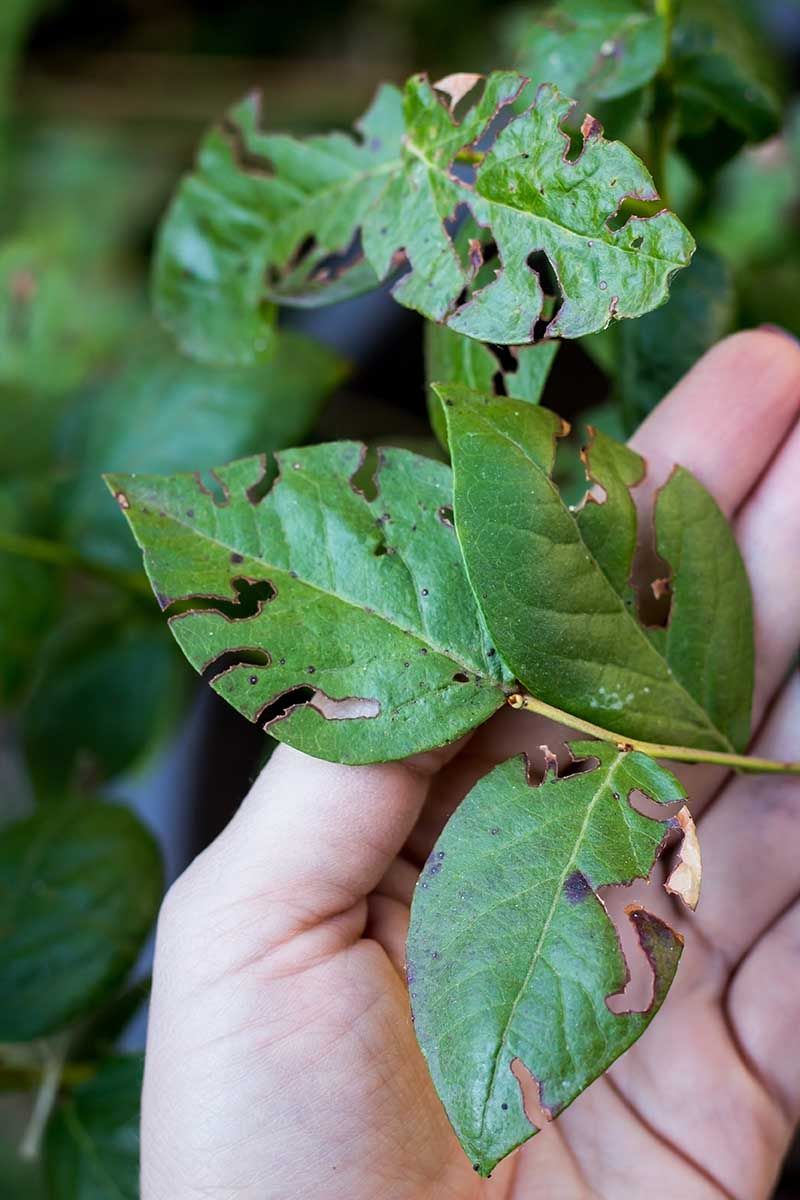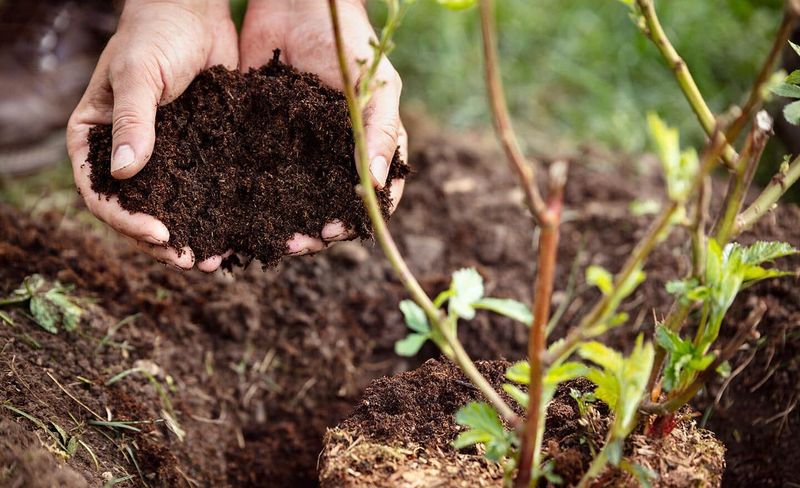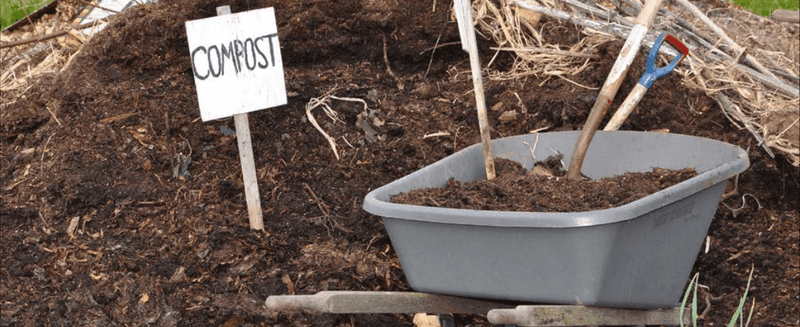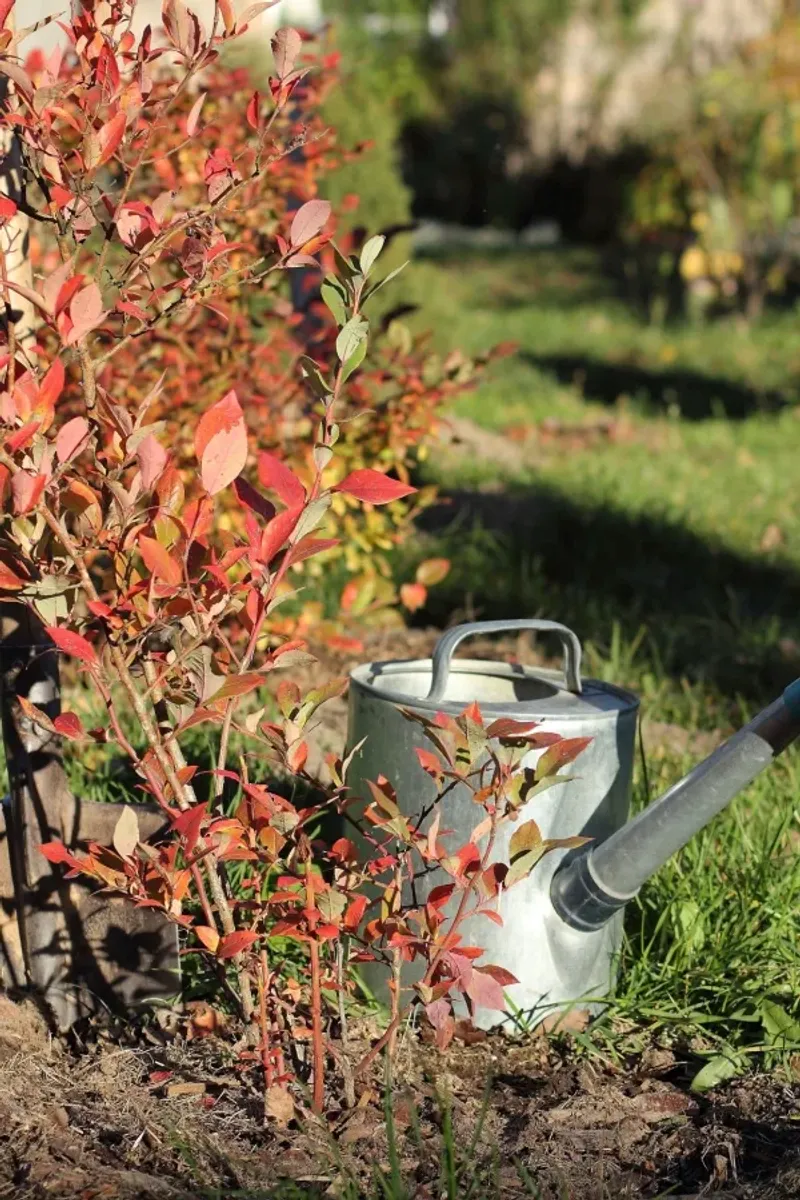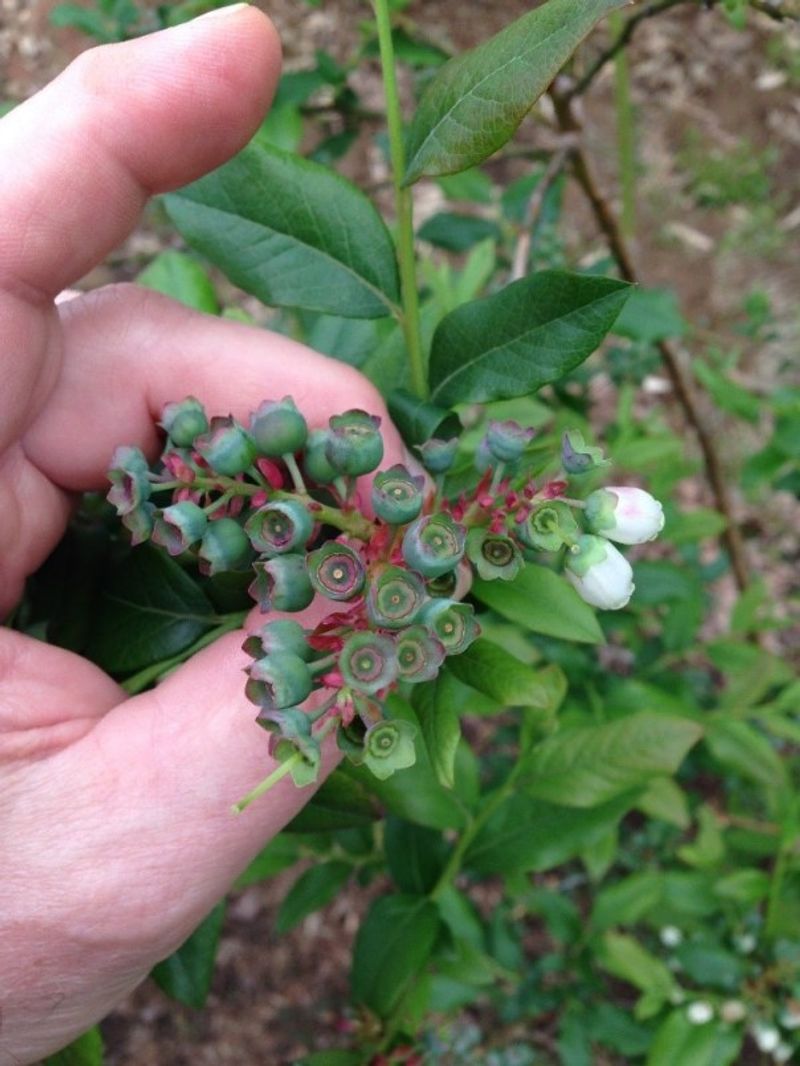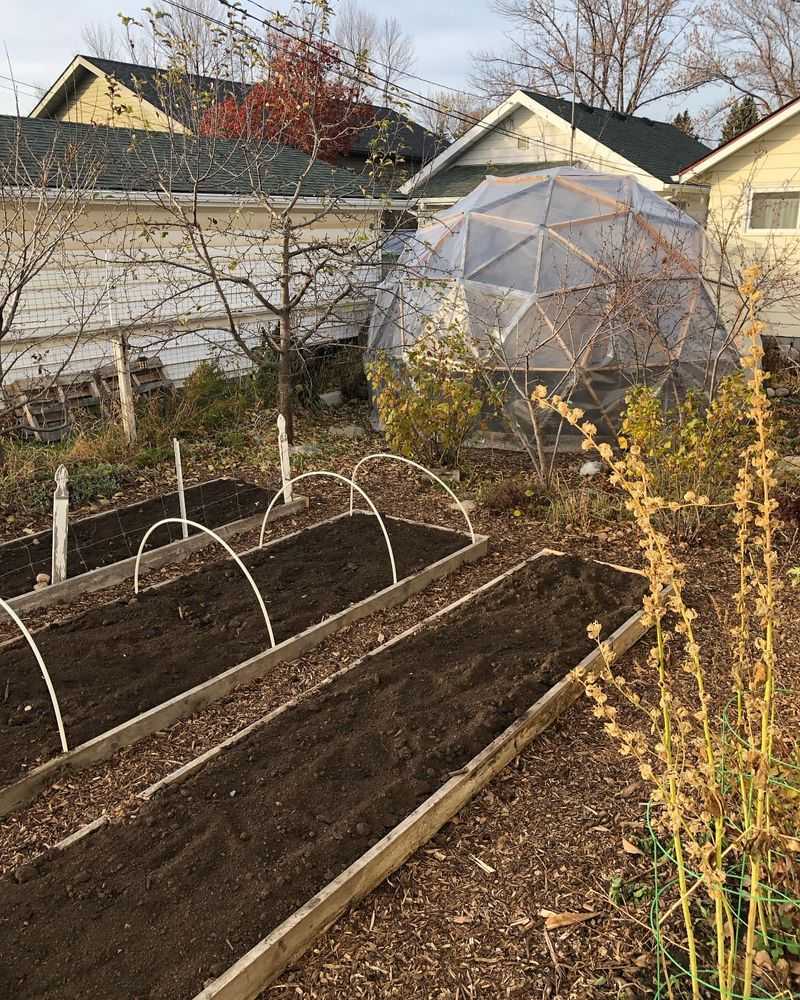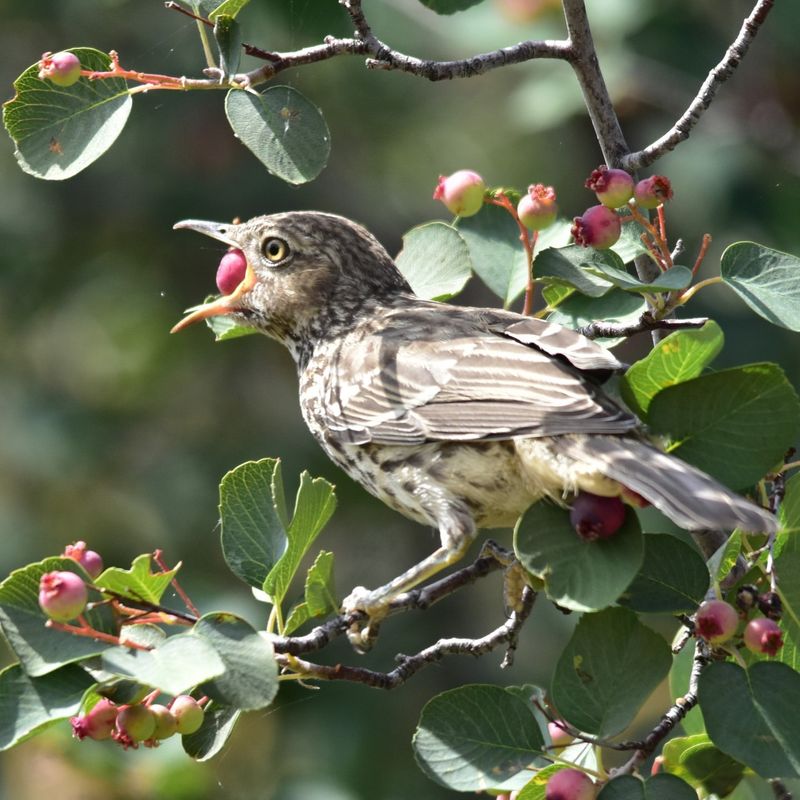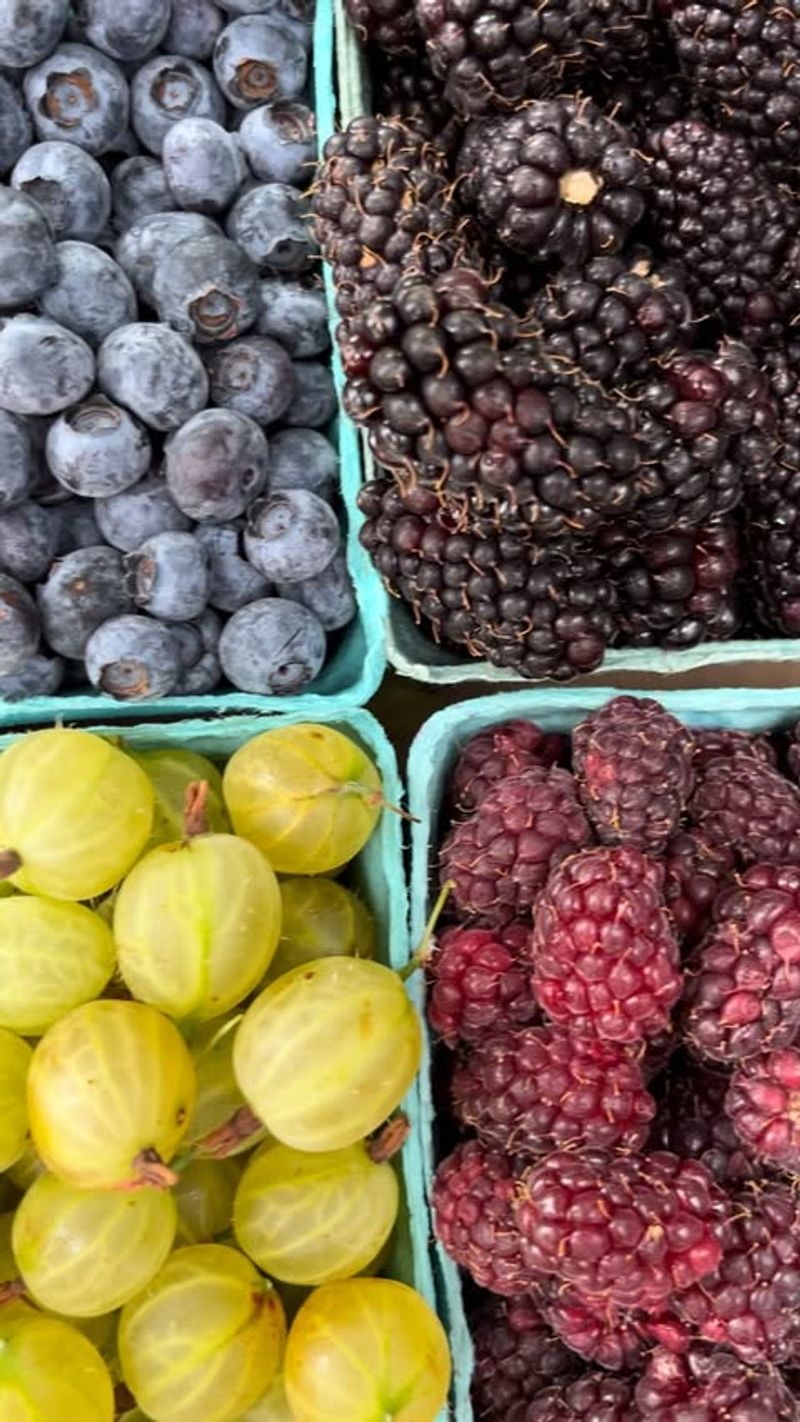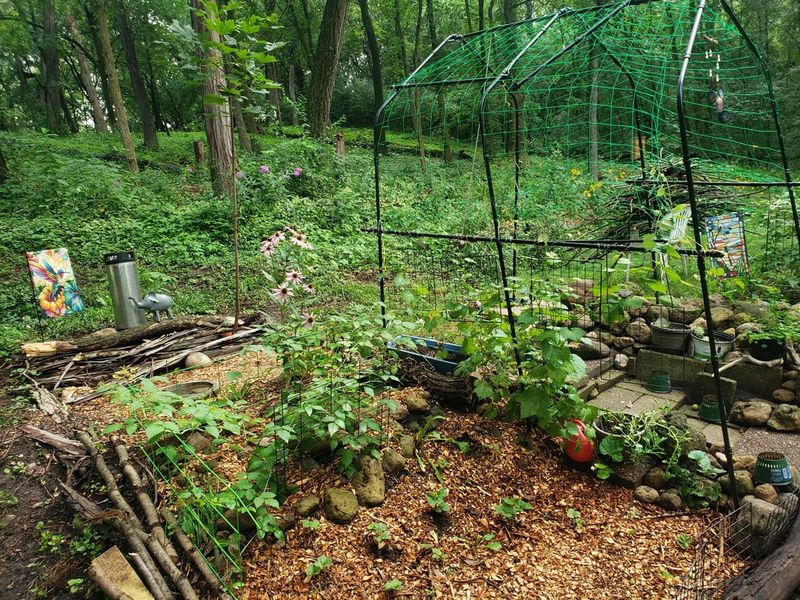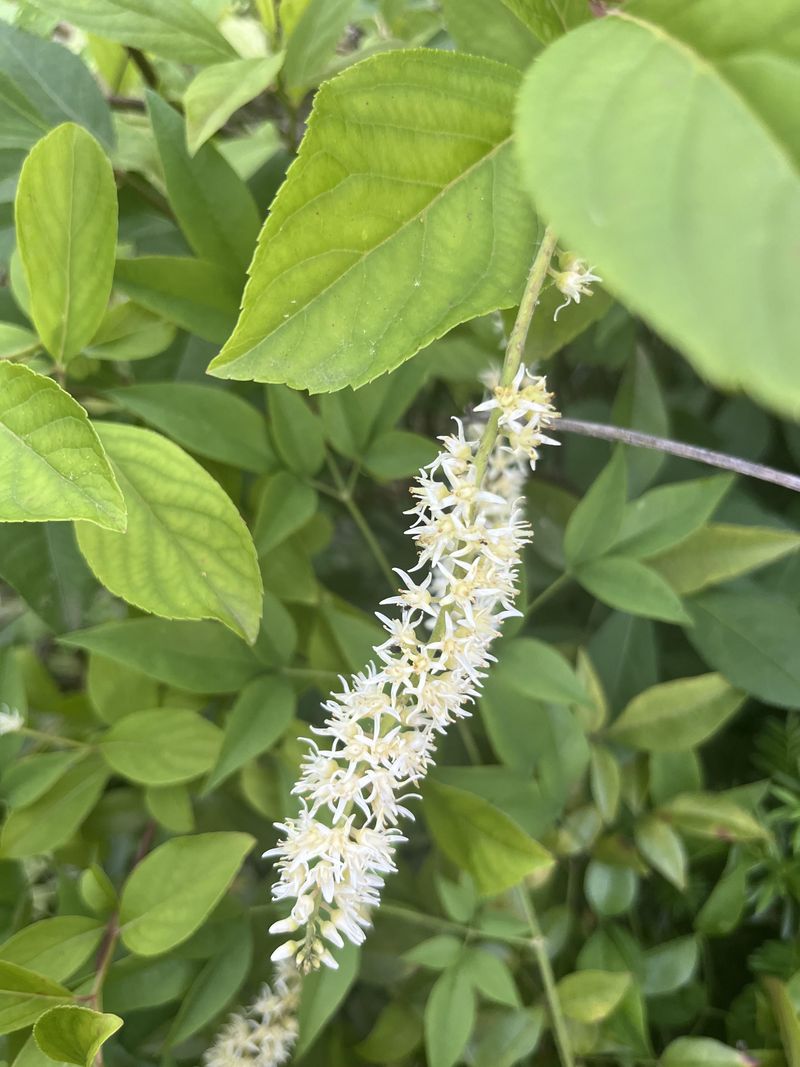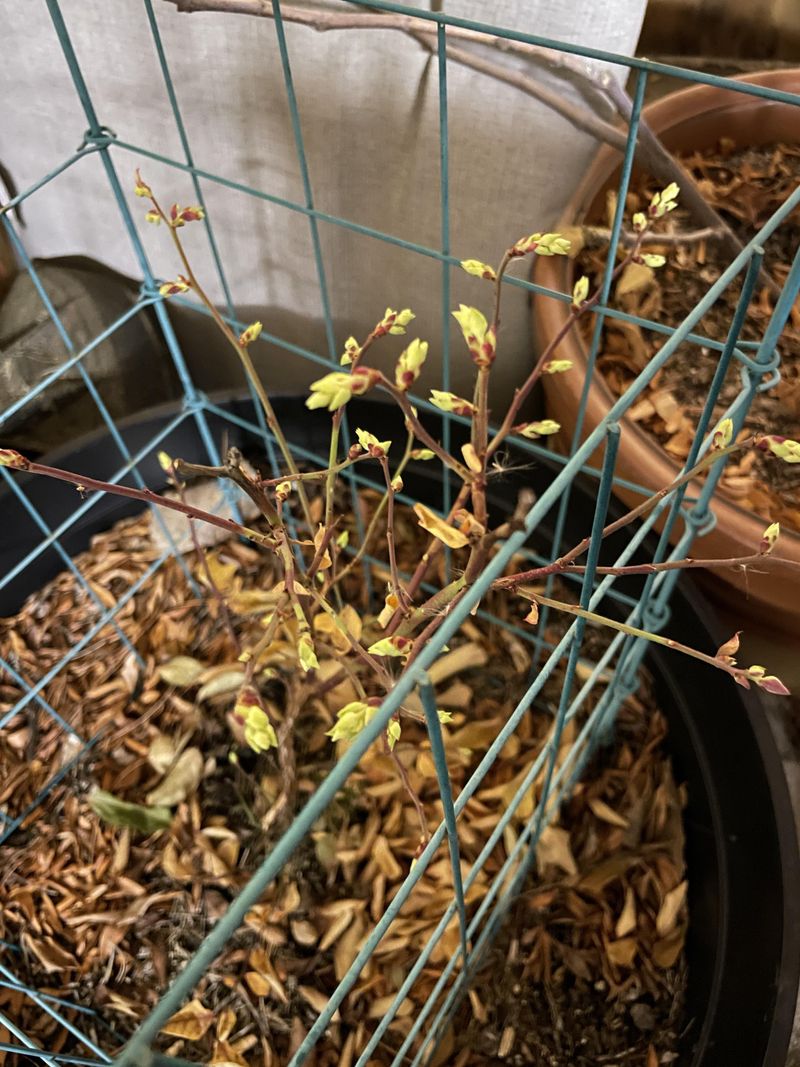As a berry lover in Washington State, I’ve learned that fall prep is key to a successful harvest next year. Taking time for 15 essential steps now can protect your plants from our relentless rains and occasional freezes. A little effort in autumn really pays off come spring.
Washington’s climate is no joke—coastal and eastern regions have totally different challenges. Most berries here, like raspberries, blueberries, and strawberries, need tailored care to make it through winter. I’ve found that one solid weekend of work saves loads of headaches later.
Seeing strong, healthy berry plants push through in spring makes all the fall tasks worth it. And with the right winterization steps, next year’s harvest is bound to be even better. These practical techniques have become my go-to for our local conditions.
1. Clean Up Fallen Debris
Fall leaves and dead plant material become perfect hiding spots for pests and disease if left around your berry plants. Rake thoroughly around the base of each plant, removing fallen leaves, old mulch, and any diseased material.
In Washington’s damp climate, this debris can quickly become a breeding ground for fungal problems. Never compost diseased plant material—bag it and dispose of it properly to prevent spreading problems throughout your garden.
2. Prune Dead And Diseased Canes
Sharp, clean pruners make quick work of removing any dead, damaged or diseased canes from bramble berries. Look for discolored, brittle, or spotted stems, which won’t produce well next year and may harbor disease.
For raspberries and blackberries specifically, cut the fruited canes right down to the ground. Our Washington winters provide enough chill hours for strong production, but only if you remove the old growth that would otherwise drain energy from the plant.
3. Identify And Manage Pests
Many berry pests overwinter in the soil or on plants, making fall the perfect time to break their lifecycle. Check canes and crowns for signs of borers, scale, or eggs. Washington growers often battle spotted wing drosophila and root weevils that thrive in our climate.
Apply appropriate organic controls now rather than waiting until spring when populations explode. Remove any severely infested plants entirely to protect the rest of your berry patch from becoming a pest haven over winter.
4. Test And Amend Soil
Most berries prefer acidic soil, making Washington’s naturally acidic conditions ideal in many areas. Still, a fall soil test reveals exactly what your plants need before winter dormancy. Local extension offices offer affordable testing services tailored to our region’s growing conditions.
Based on results, work in amendments like sulfur for blueberries or lime for blackberries if needed. Fall application gives these amendments time to integrate with the soil before spring growth begins, ensuring nutrients are available when plants wake up.
5. Apply Compost And Organic Matter
A layer of compost around berry plants provides slow-release nutrients that break down over winter. The rich organic matter improves our clay-heavy or sandy Washington soils while feeding beneficial microorganisms that support plant health.
Work 2-3 inches of compost into the soil around plants, being careful not to disturb shallow roots. For established plants, simply top-dress around the drip line. The winter rains will help carry nutrients down to the root zone gradually without the fertilizer burn that chemical options might cause.
6. Mulch Heavily For Protection
Washington’s freeze-thaw cycles can heave plants out of the ground, damaging delicate roots. A thick 3-4 inch layer of mulch acts as insulation, keeping soil temperatures more consistent throughout winter while suppressing early spring weeds.
Straw works well for strawberries, while wood chips or bark mulch are better for brambles and bushes. Keep mulch pulled back slightly from stems and crowns to prevent rot in our wet climate. Eastern Washington growers may need even thicker mulch to protect against deeper freezes.
7. Provide Winter Watering
Contrary to popular belief, berry plants need moisture even during dormancy. While western Washington usually gets plenty of rain, eastern regions face drier winters. Water deeply before the ground freezes, especially after dry fall periods.
Evergreen berries like lingonberries and wintergreen need special attention since they continue slow growth through winter. Our occasional winter dry spells can damage plants if soil moisture drops too low. Just avoid overwatering, which promotes root rot in our already damp conditions.
8. Install Protective Structures
Harsh winter winds and heavy snow can snap canes and damage bushes, especially in eastern Washington. Installing simple protective structures now saves heartache later. For blueberries, wrap bushes with burlap to prevent wind damage while still allowing air circulation.
Bramble berries benefit from trellising before winter storms arrive. Young plants may need individual protection like wire cages or plastic tubes. In areas prone to deep snow, consider snow fencing to prevent drifts from crushing plants or causing damaging snow load.
9. Prepare New Planting Areas
Fall is perfect for preparing next spring’s berry beds in Washington. Our winter rains help settle the soil naturally after working in amendments. Dig new beds now, incorporating plenty of organic matter and adjusting pH according to the berry type you’ll plant.
Cover prepared areas with mulch or plant a winter cover crop to prevent erosion from our heavy rains. Consider raised beds in western Washington to improve drainage in our notoriously wet winters. By spring, you’ll have perfectly settled soil ready for new plants.
10. Protect From Wildlife
Washington’s abundant wildlife—from deer to birds and rodents—see berry plants as winter food sources. Install protective fencing before animals get desperate in winter months. For smaller plantings, individual wire cages prevent rabbits and voles from gnawing on canes and crowns.
Bird netting can be repurposed as protective covering against deer browsing. Check existing fencing for gaps or weakness that determined wildlife might exploit. Remember that hungry animals become increasingly resourceful as natural food sources diminish through winter.
11. Label Plants Clearly
Winter’s dormant period makes identification challenging, especially for newer gardeners. Before plants lose their leaves, place weatherproof labels with each variety name and planting date. This proves invaluable when planning spring care or expanding your berry patch.
Metal stakes with waterproof tags withstand our wet Washington winters better than plastic options. Include care notes like pruning requirements on your labels. Snow and our heavy rains can make plants unrecognizable, but good labeling prevents accidentally digging up or pruning the wrong varieties.
12. Document Your Garden
Taking photos and notes about your berry patch before winter helps track performance and plan improvements. Record which varieties thrived in your specific Washington microclimate and which struggled. Note production levels, disease issues, and ripening times for future reference.
Create a simple map showing plant locations and varieties. This documentation becomes increasingly valuable over years of growing berries. Many Washington gardeners maintain garden journals specifically for tracking how different varieties handle our unique growing conditions across multiple seasons.
13. Remove Invasive Competitors
Fall reveals many invasive plants that compete with berries for nutrients and water. Blackberry brambles—ironically invasive in Washington despite being cultivated—often encroach on garden edges. Dig out unwanted root systems completely while they’re visible and soil is workable.
Morning glory, horsetail, and buttercup prove particularly problematic near berry patches in our climate. Their extensive root systems steal resources from berries if left unchecked. Removing these competitors before winter gives your berries a head start when growth resumes in spring.
14. Sanitize Tools And Supports
Disease prevention starts with clean equipment. Wash all pruners, stakes, and trellises with a 10% bleach solution before storing for winter. Many fungal and bacterial problems persist on contaminated tools, spreading to healthy plants next season.
Replace rotting wooden supports that won’t survive another wet Washington winter. Clean and oil metal parts of tools before storage to prevent rust in our damp climate. This simple maintenance extends the life of your gardening equipment while protecting plant health.
15. Stock Winter Supplies
Prepare for unexpected winter issues by stocking essential supplies before storms hit. Extra row cover fabric provides emergency protection during sudden cold snaps that occasionally surprise Washington gardeners. Keep additional stakes, wire, and repair materials accessible for quick fixes after wind or snow damage.
Store extra mulch in a dry location for midwinter applications if needed. Western Washington’s mild periods might tempt plants to break dormancy early, making protective supplies crucial. Being prepared prevents rushed trips to garden centers during winter weather events.



